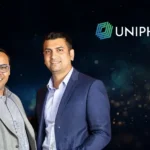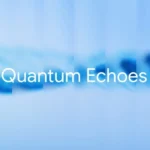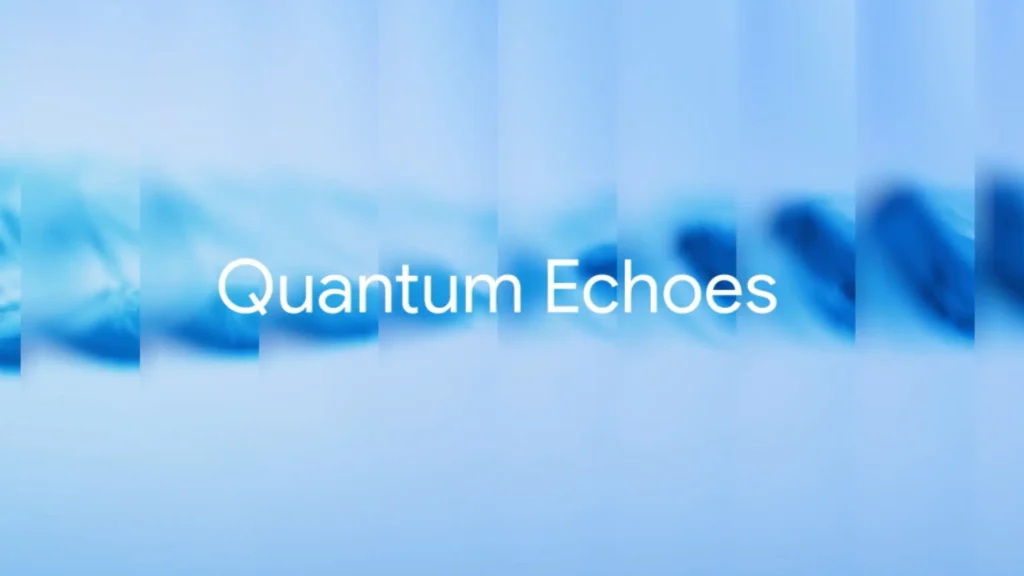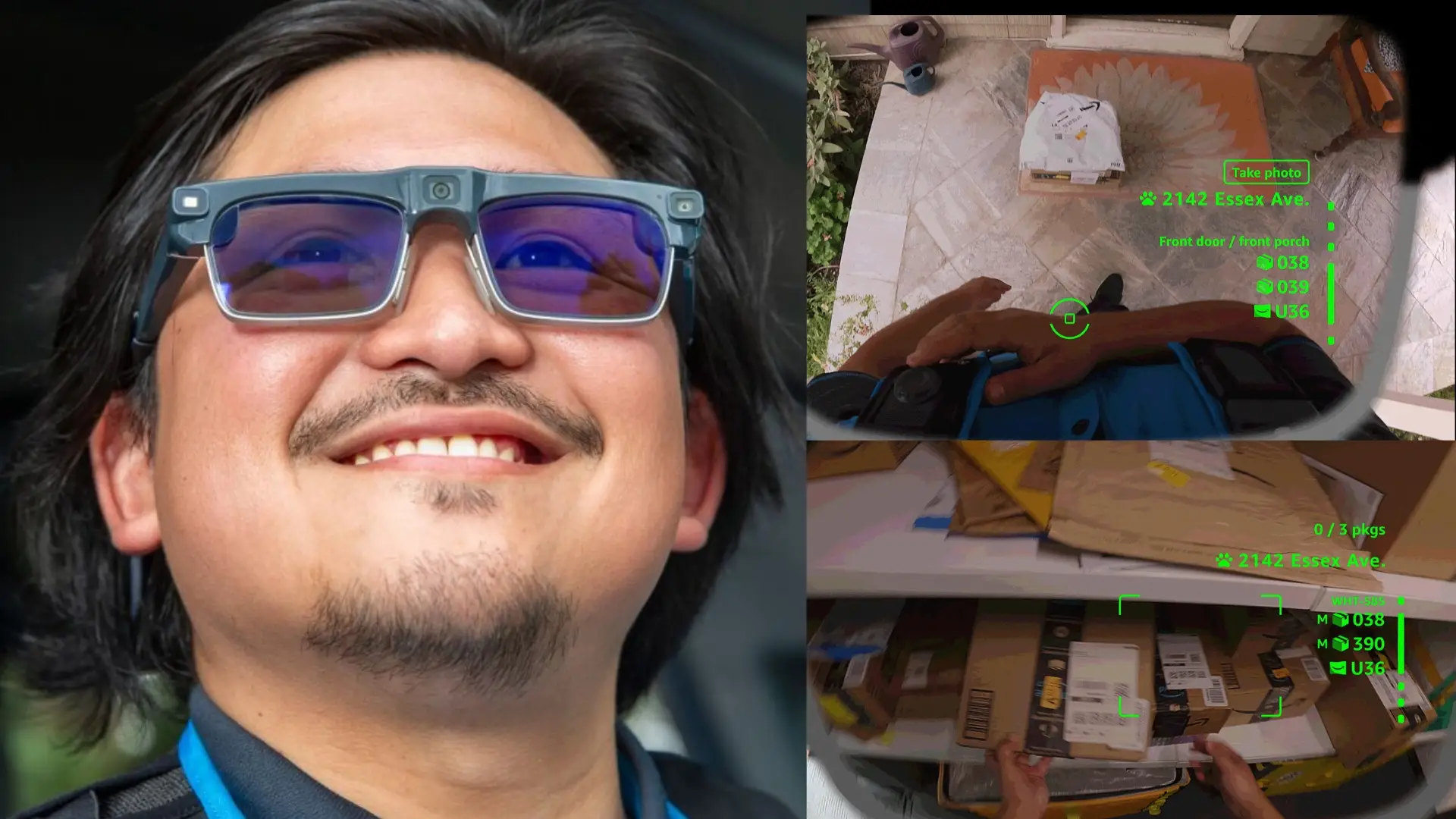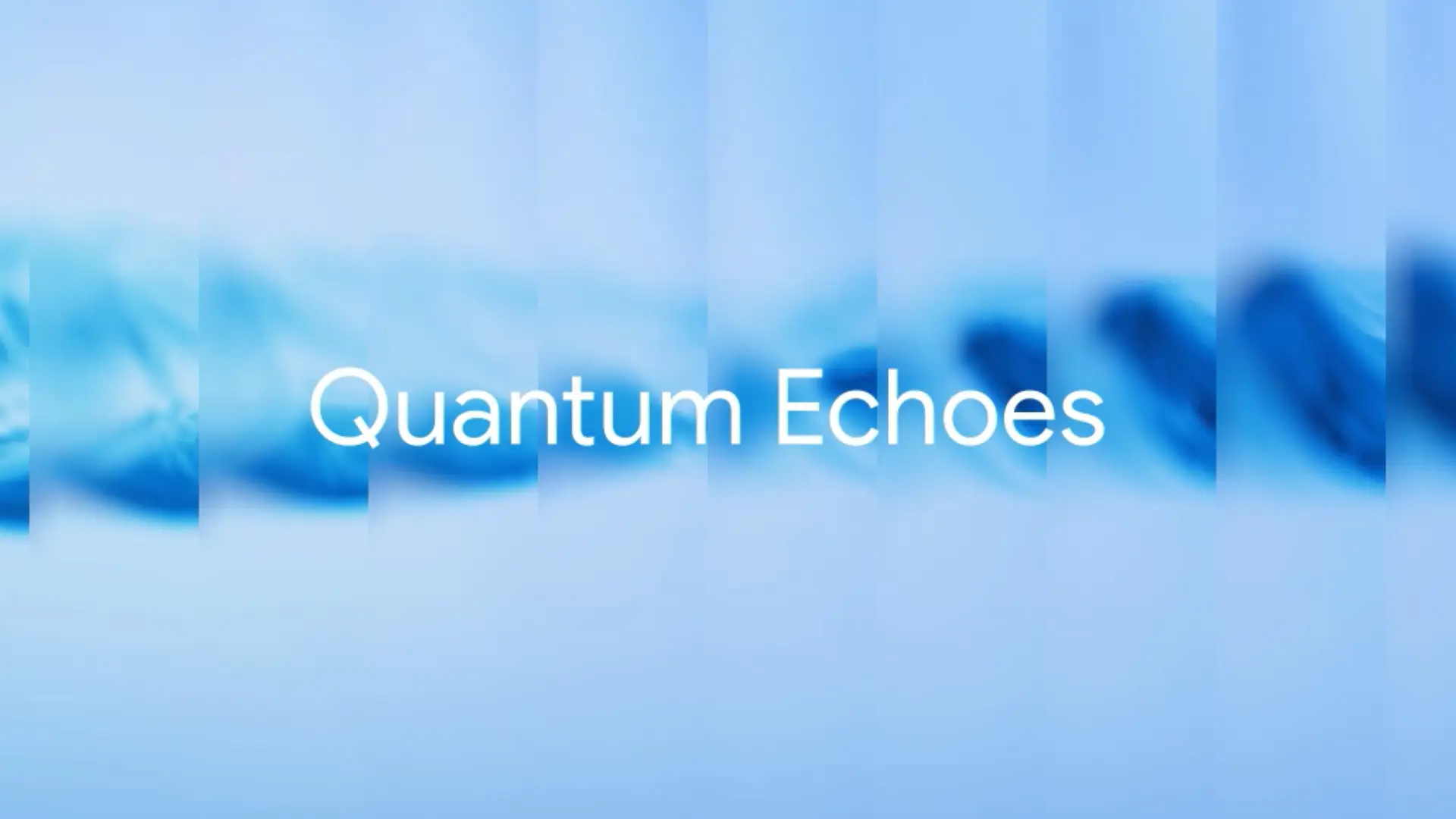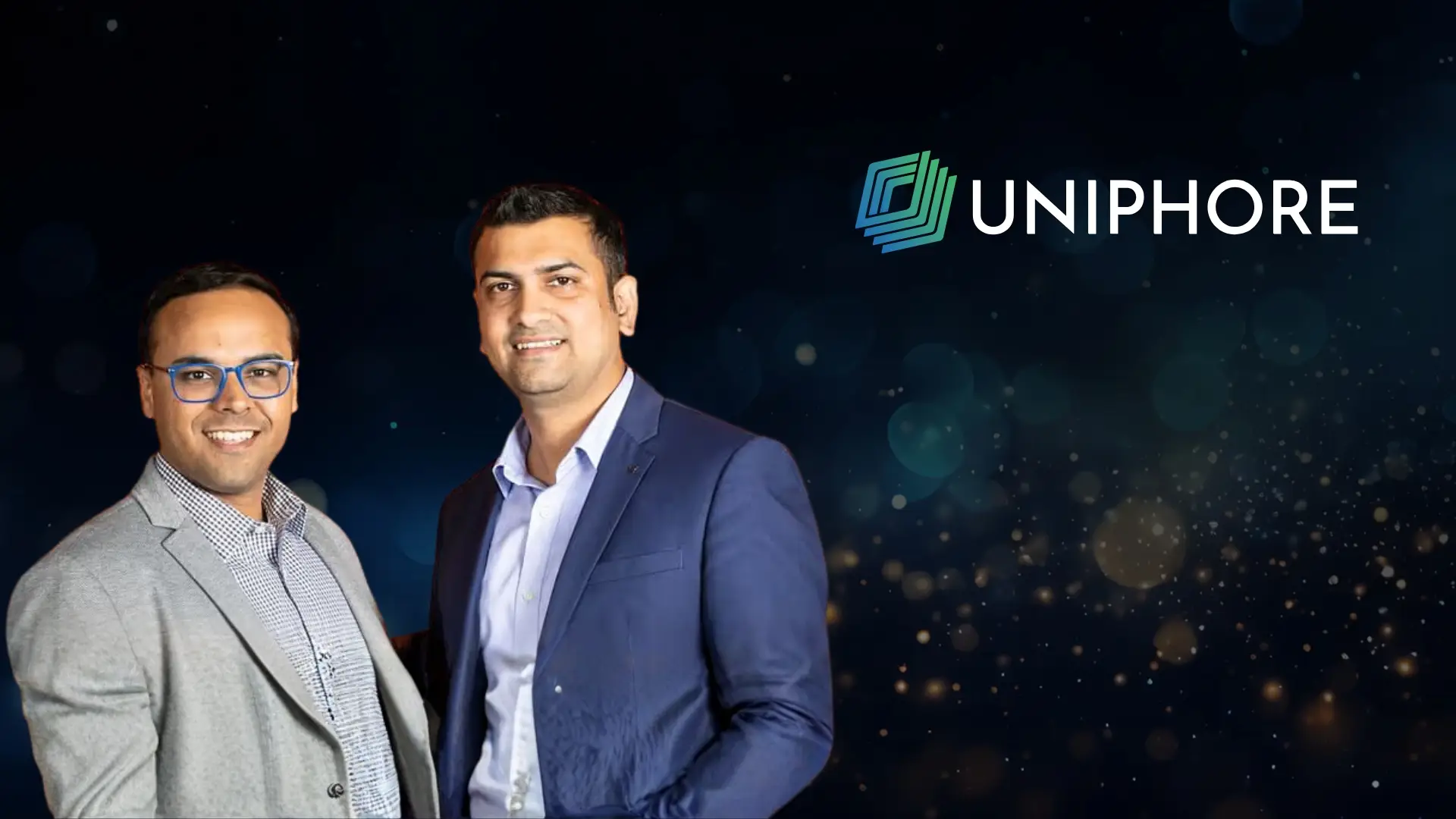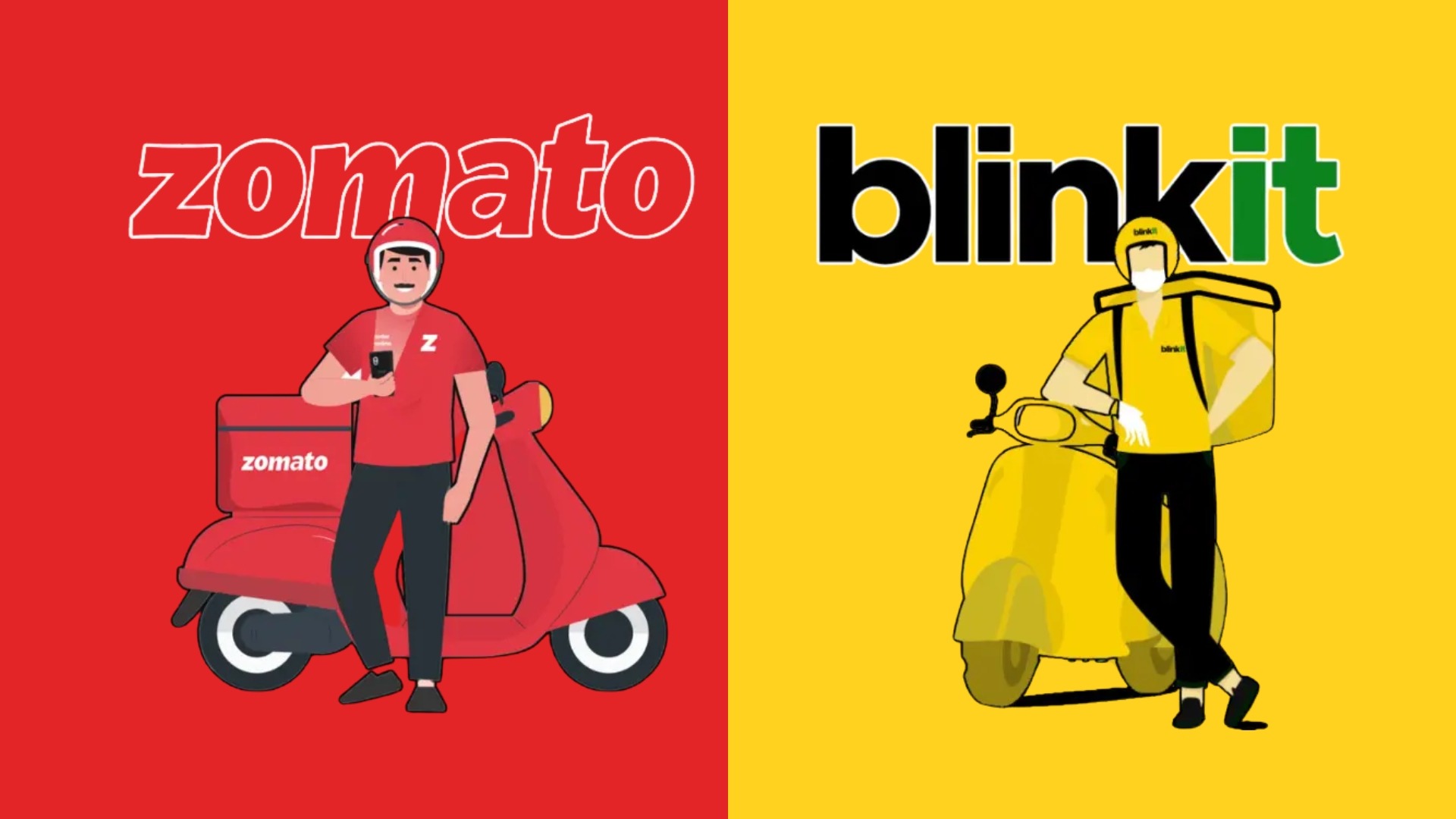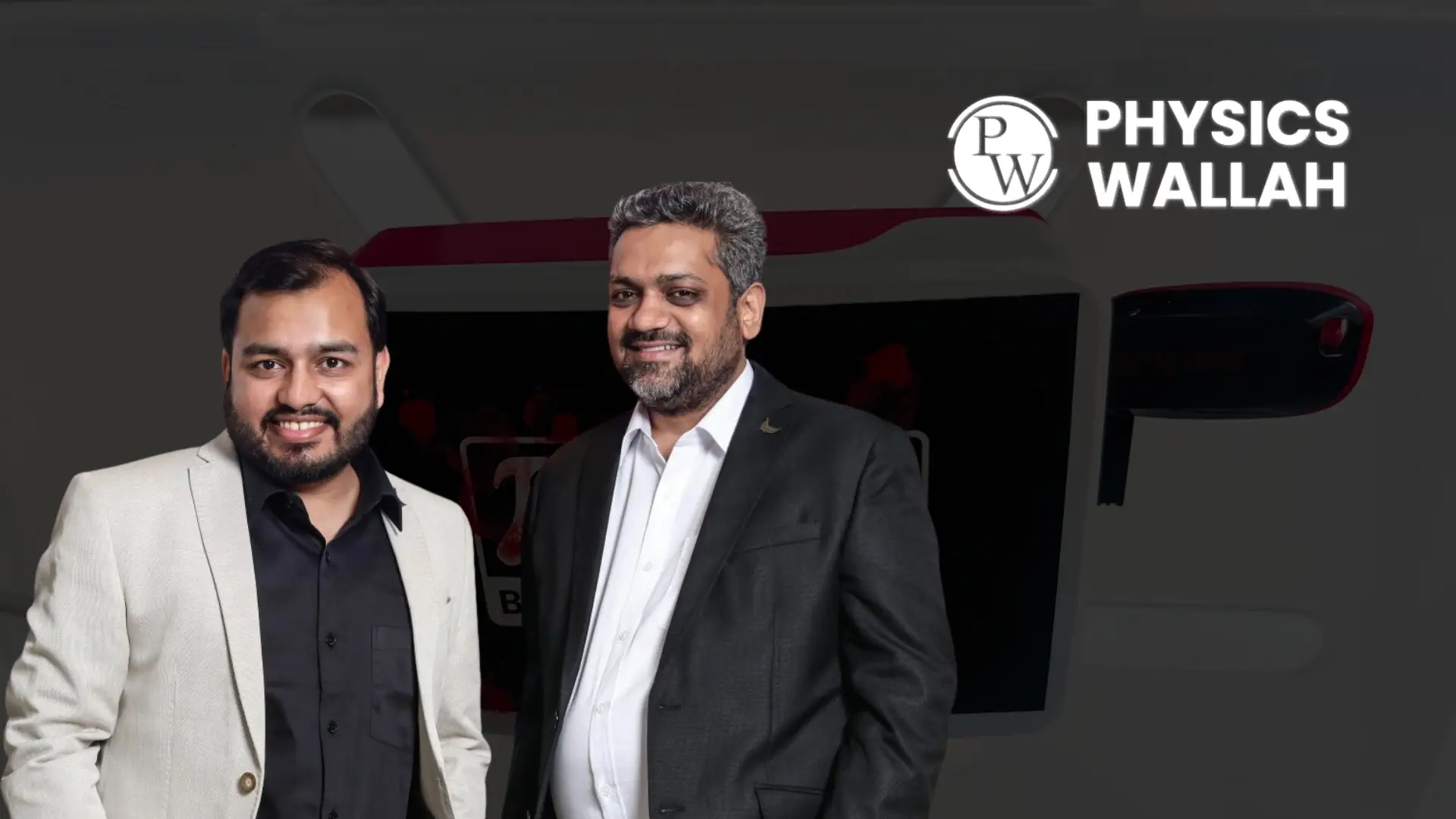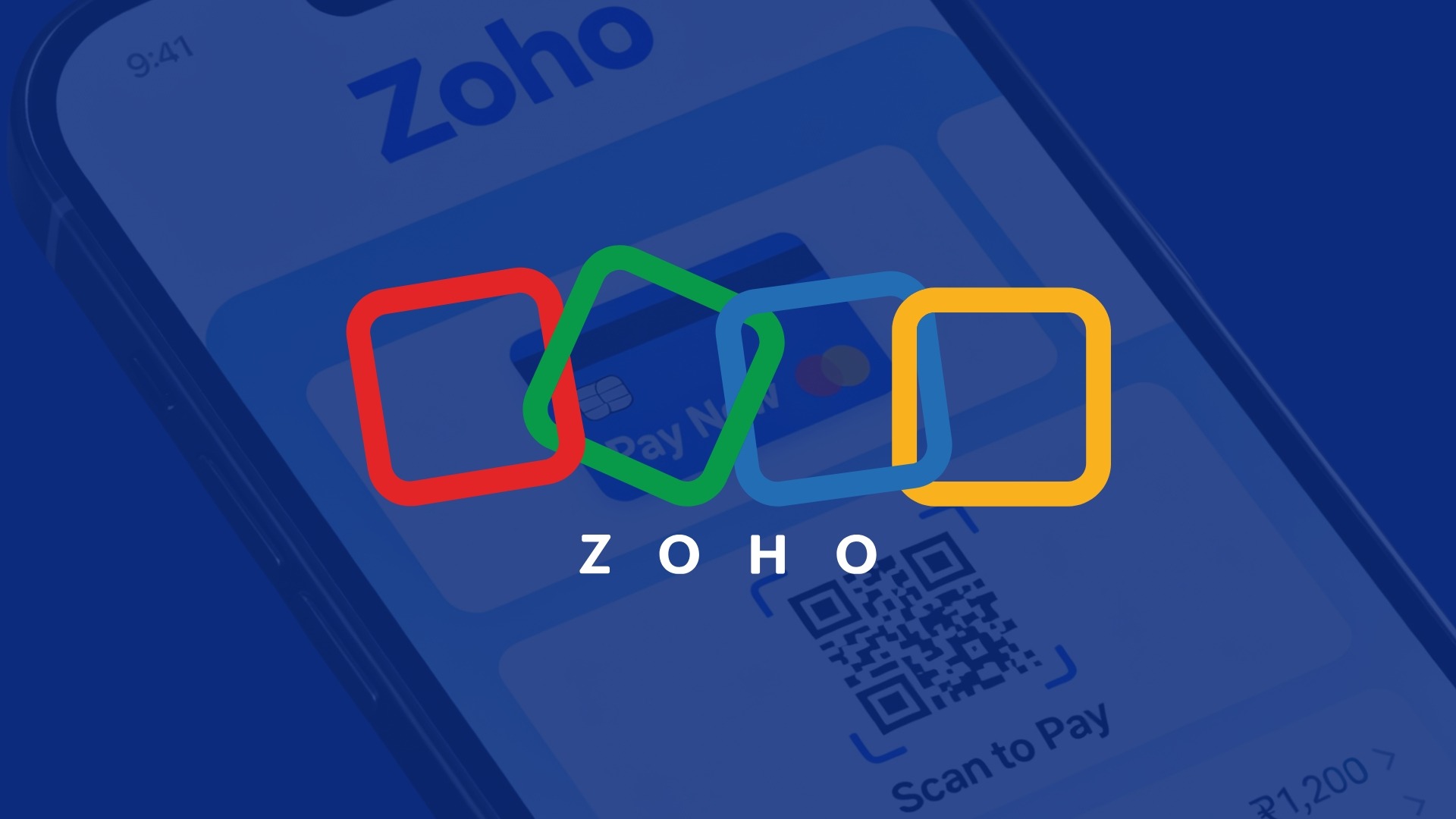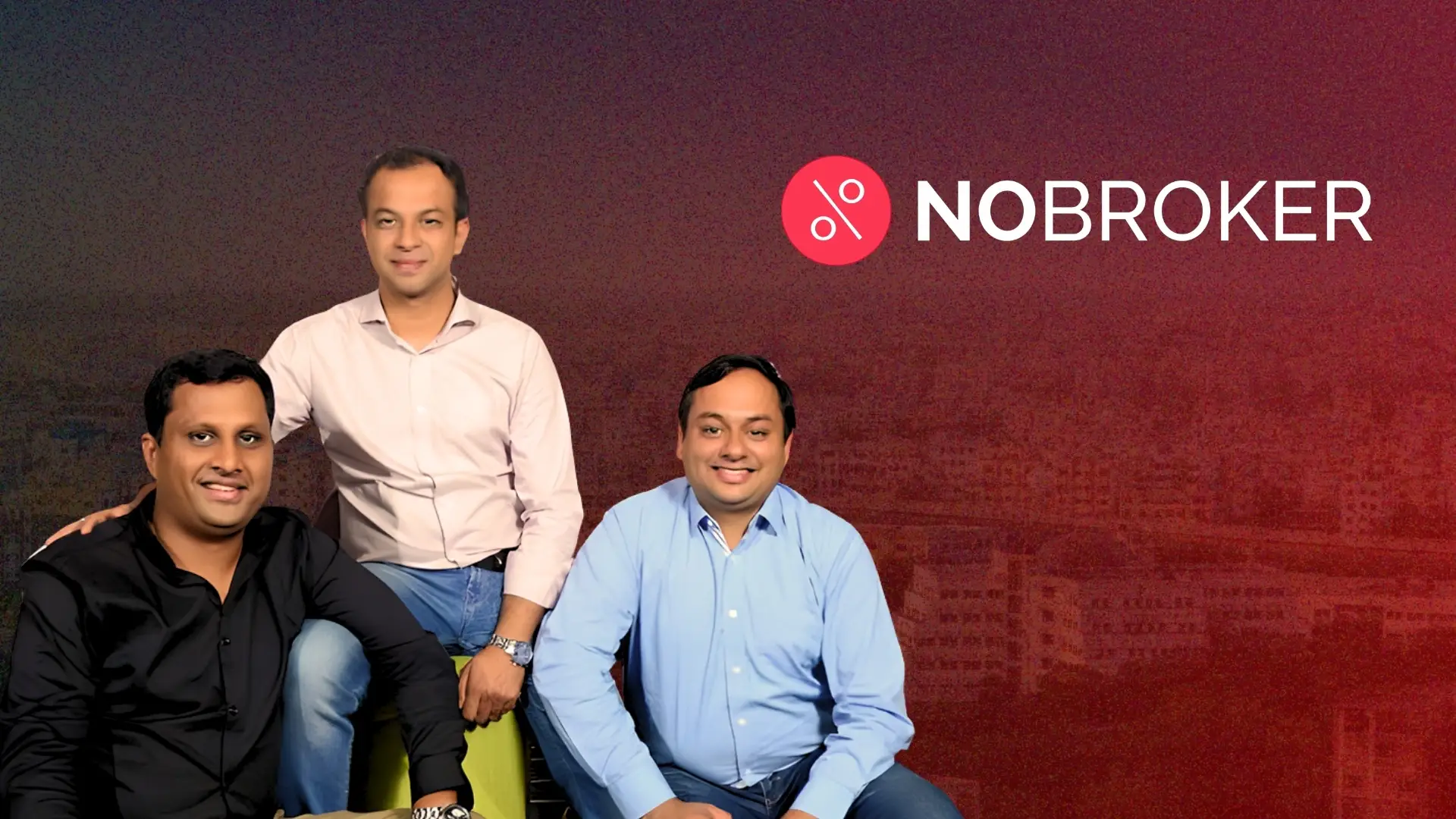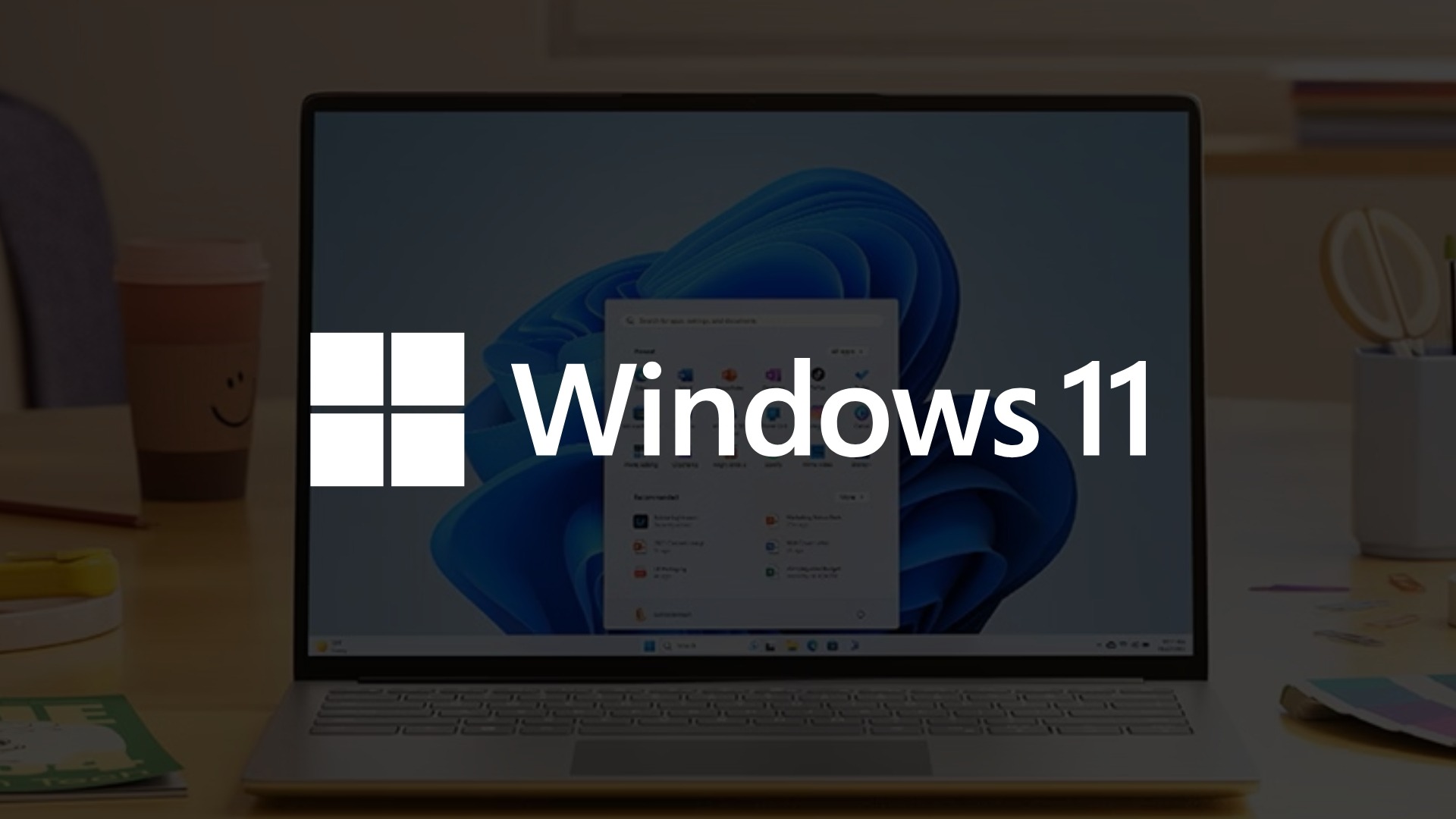Google’s latest breakthrough, the Quantum Echoes algorithm, has taken quantum computing a step closer to practical real-world use. Unveiled on October 21, the company’s research marks the first-ever verifiable quantum advantage, demonstrating that a quantum computer can outperform the most advanced classical supercomputers by a factor of 13,000 and crucially, that the results can be independently verified.
Developed by Google Quantum AI, the Quantum Echoes algorithm runs on the company’s Willow quantum chip, which uses 105 entangled qubits. It operates by sending a quantum signal into the system, introducing a precise disturbance to one qubit, and then reversing the process to capture a quantum “echo.” This allows scientists to measure how information spreads through highly complex quantum systems a feat that classical systems are unable to simulate due to computational limitations. The experiment, published in Nature, represents the first verifiable quantum computation confirmed across different quantum setups.
Google described this verification as the cornerstone of scalable quantum computation. Unlike earlier demonstrations of “quantum supremacy,” Quantum Echoes produces measurable results that can be validated by other quantum machines of similar capability. That element of reproducibility marks a scientific shift from theoretical advantage to practical experimentation.
The Quantum Echoes algorithm also has compelling implications for applied science. As part of a proof-of-principle study with the University of California, Berkeley, Google used the algorithm to analyze two molecules one comprising 15 atoms and another 28 atoms. The findings mirrored data generated through Nuclear Magnetic Resonance (NMR), a well-established chemical analysis technique, while also revealing structural insights that traditional NMR could not provide. This suggests future roles in drug discovery, where molecular interactions must be modeled at atomic scales, as well as in materials science, where minute variations define material strength and performance.
Google’s scientists, including Hartmut Neven and Vadim Smelyanskiy, believe this marks the beginning of a transition from experimental breakthroughs to usable quantum tools. “Just as the telescope and microscope opened new worlds,” they explained, “this experiment is a step toward a ‘quantum-scope’ capable of observing natural phenomena previously invisible to science.”
The Willow chip’s architecture lies at the heart of this accomplishment. It was first introduced in 2024 with improvements in error suppression, one of the major challenges in building scalable quantum systems. By implementing both low error rates and fast, synchronized qubit operations, Willow enabled the execution of complex algorithms like Quantum Echoes with precision and reproducibility.
Factually, the Quantum Echoes findings were peer-reviewed and published in Nature on October 21, 2025, and verified using Google’s hardware benchmarks. The 13,000× speed comparison was measured against state-of-the-art classical supercomputers running equivalent physics simulations. The company’s claims about quantum verifiability are consistent with current academic definitions in the field of quantum computational verification, which focus on repeatability across independent machines of similar design.
This breakthrough positions Google among the leaders in establishing verifiable, scalable quantum computation, bridging the gap between theoretical potential and tangible scientific utility. Quantum Echoes may not yet signal the full maturity of quantum hardware, but it presents a credible roadmap toward quantum-driven discovery in chemistry, energy research, and fundamental physics areas where classical computation is nearing its limits.
Also Read: Zoho Is Set to Expand into Consumer Fintech with Zoho Pay, Integrating Payments into Arattai
